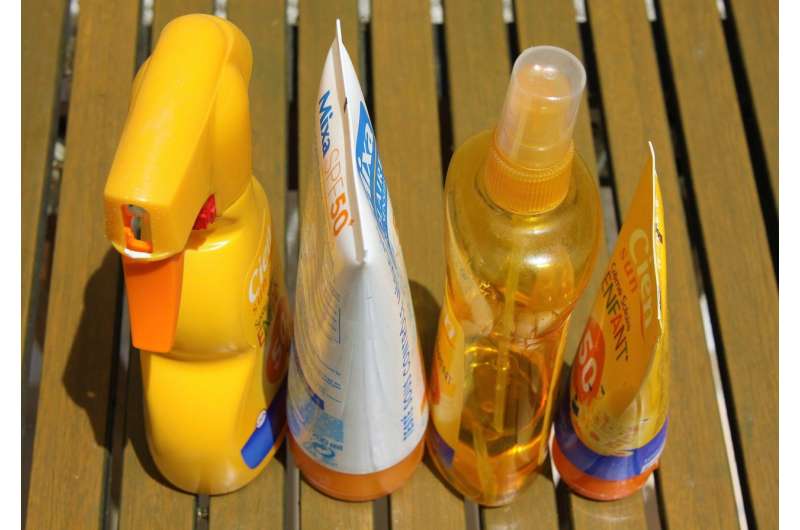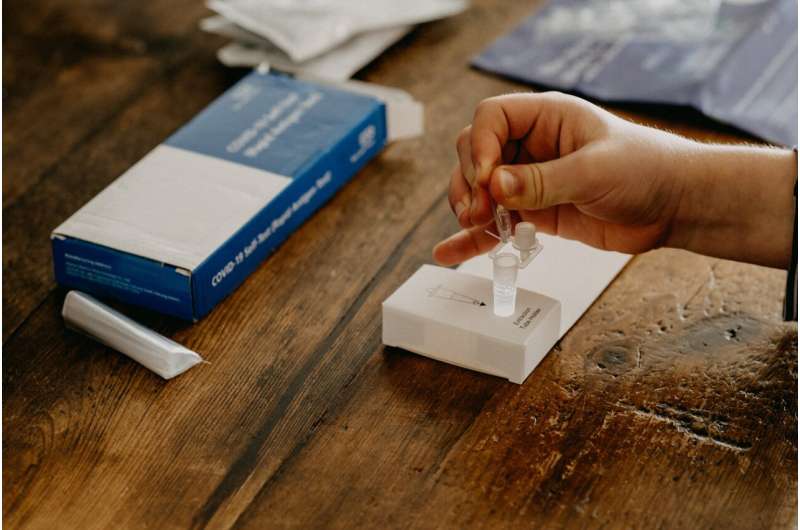Essential Guide to Sun Safety in Australia: Protecting Your Skin from Solar Damage

Understanding Sun Exposure and Its Risks in Australia
Australia is renowned for its high ultraviolet (UV) levels, which pose a significant risk for skin damage and skin cancer. Despite the presence of the ozone layer, which filters some UV rays, Australia’s geographical location and predominantly fair-skinned population make sun protection imperative.
The Reality of UV Radiation
While the ozone layer over Antarctica fluctuates seasonally, the ozone hole doesn’t directly impact Australia's UV levels. Instead, the country’s position on Earth's elliptical orbit results in consistently high UV radiation throughout summer, often categorized as "extreme." This intense UV exposure increases the risk of skin damage and melanoma among Australians.
Historical and Modern Sun Protection Methods
Historically, societies like the ancient Egyptians and Greeks utilized natural ingredients—like lotus petals, rice bran, and olive oil—to shield against the sun. Today, sunscreen is the primary tool for protection. Originating in Australia in 1938, modern sunscreens prevent UV damage through two main types:
- Mineral (Physical) Sunscreens: Contain zinc oxide or titanium dioxide, creating a barrier that reflects UV rays.
- Chemical Sunscreens: Absorb UV radiation and transform it into heat.
Understanding SPF and Proper Usage
The Sun Protection Factor (SPF) indicates how effectively a sunscreen safeguards against sunburn. For example, SPF 30 means you can stay in the sun 30 times longer without burning. However, many individuals underestimate the amount of sunscreen needed—usually about 5 ml for each exposed limb and face—to achieve optimum protection.
Applying sunscreen is most effective when combined with other sun safety practices, including:
- Wearing protective clothing
- Searing shade during peak UV hours
- Wearing wide-brimmed hats and sunglasses
Debunking Myths and Addressing Concerns
Social media often spreads misinformation about sunscreens, claiming they are toxic or cause health issues. Current research indicates that chemical ingredients in sunscreens, even if absorbed into the bloodstream in high doses, do not present proven health risks. Regulatory agencies like the FDA recommend further research but note no definitive evidence of harm.
The Importance of Comprehensive Sun Safety
Besides sunscreen, adopting multiple sun protection habits—such as slip-on clothing, seeking shade, and wearing sunglasses—is crucial in reducing skin cancer risks. Given the high incidence of skin cancer in Australia, these practices are a vital part of public health strategies.
Final Thoughts
Using sunscreen correctly, alongside other protective measures, remains the most effective way to prevent skin damage and skin cancer. While ongoing research continues to monitor potential risks, the overwhelming evidence supports consistent sun safety practices. Protect your skin today to ensure healthier, safer sun exposure.
Source: https://medicalxpress.com/news/2025-05-survive-sunburned-country.html
Stay Updated with Mia's Feed
Get the latest health & wellness insights delivered straight to your inbox.
Related Articles
Trust in Sunscreen Brands and the Need for Scrutiny: Lessons from the SPF Controversy
Recent testing reveals that many sunscreens do not meet their labeled SPF claims, shaking consumer trust and highlighting the need for greater transparency and accountability in health product regulation.
Real-World Data Demonstrates Benefits of Teclistamab for Diverse Multiple Myeloma Patients
New real-world evidence shows that teclistamab can provide meaningful benefits to a broader range of multiple myeloma patients, including those with high-risk features and previous therapies, beyond the initial clinical trial population.
Innovative Therapeutic Strategy Boosts Muscle Function in Duchenne Muscular Dystrophy Patients
A new study introduces a metabolic reprogramming approach targeting GLUD1 to improve muscle strength and neuromuscular junction function in Duchenne muscular dystrophy, offering hope for more effective treatments.



